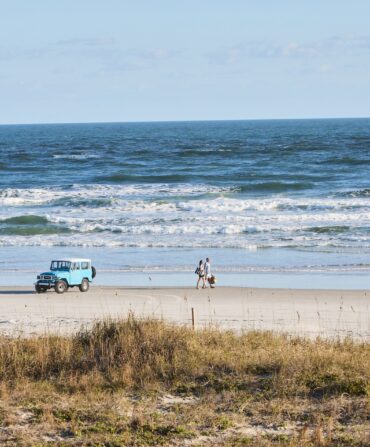Travel
14 Classic Southern Weekend Escapes
Load up the car and grab the road snacks—these beloved Southern getaways have beckoned guests for generations
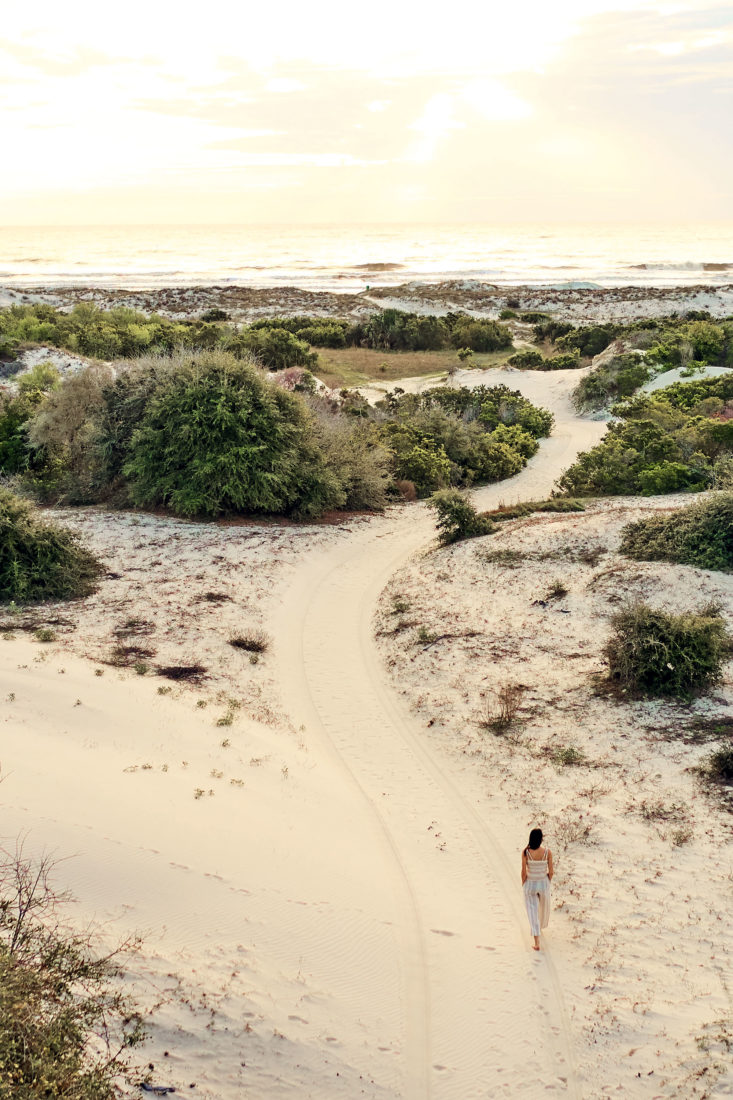
Photo: William Hereford
The Gasparilla Inn & Club
Boca Grande, Florida
Although you no longer need a reference from a regular to secure a room, not much else has changed at the Gasparilla Inn & Club since it opened on remote Gasparilla Island in 1913. A bastion of Old Florida elegance and relaxed sophistication, “the Inn,” as it’s known to the families who have vacationed there for generations, still requires gentlemen to don sport coats for dinner. You’ll see plenty of Lilly Pulitzer brights, too, except on the property’s trio of professional croquet lawns, where an all-white dress code holds sway. Beyond those sartorial strictures, guests are invited to do as they please, whether that’s setting up a tee time, getting a doubles game going, pedaling along the block-long allée of gnarled banyan trees, or stalking the massive quarry that earned nearby Boca Grande Pass the nickname Tarpon Fishing Capital of the World.

Photo: Mackenzie Horan
The Gasparilla Inn.
Land Between the Lakes
Golden Pond, Kentucky
It feels like summer at Land Between the Lakes. Speedboats and pontoons on Kentucky Lake and Lake Barkley, elk and bison on the green prairie of the national recreation area separating them. Picnic tables at Belew’s Dairy Bar, burgers as round and big and flat as the paper plates on which they arrive. Lotion smell at Kentucky Dam Village, the sparkling dark of the water there, best viewed beneath Fourth of July fireworks. The best pork chops on earth at Patti’s 1880’s Settlement. Steak at the Brass Lantern and the sunburn feel of scratching against the backs of the chairs. Kentucky Dam itself, spillways gushing. The Hitching Post country store—nicknamed the Pickled Snake Palace by some, thanks to its jarred water moccasin eating a chicken snake—with its retro sodas and road snacks. A suite at Barkley Lodge overlooking the water, the cool of standing on a quiet deck in the sundown hour. Whooping swimmers jumping off the graffitied mountain of the Rock Quarry. Barbecue and hot dogs and the humming sound of a hundred gathered boats.
The Inn at Little Washington
Washington, Virginia
In the village where George Washington himself named the streets in 1749, the historic Inn at Little Washington and its restaurant have been crowned food royalty—Michelin awarded it three stars, and lauded chef Patrick O’Connell received the James Beard Lifetime Achievement Award in 2019. But this is no stuffy, chef-y temple where the cooks perform and the guests adore. Instead, a hands-on gardening program led by farmer in residence Joneve Murphy invites you to don a straw hat and pick the bounty of the Blue Ridge foothills from a field of vegetables and edible flowers, a cherry orchard, and a greenhouse, all watched over by guardian llamas named Markus and Jonah. The marigolds you gather might just adorn a peach and gin fizz cocktail; blackberries and basil could infuse an after-dinner sorbet.
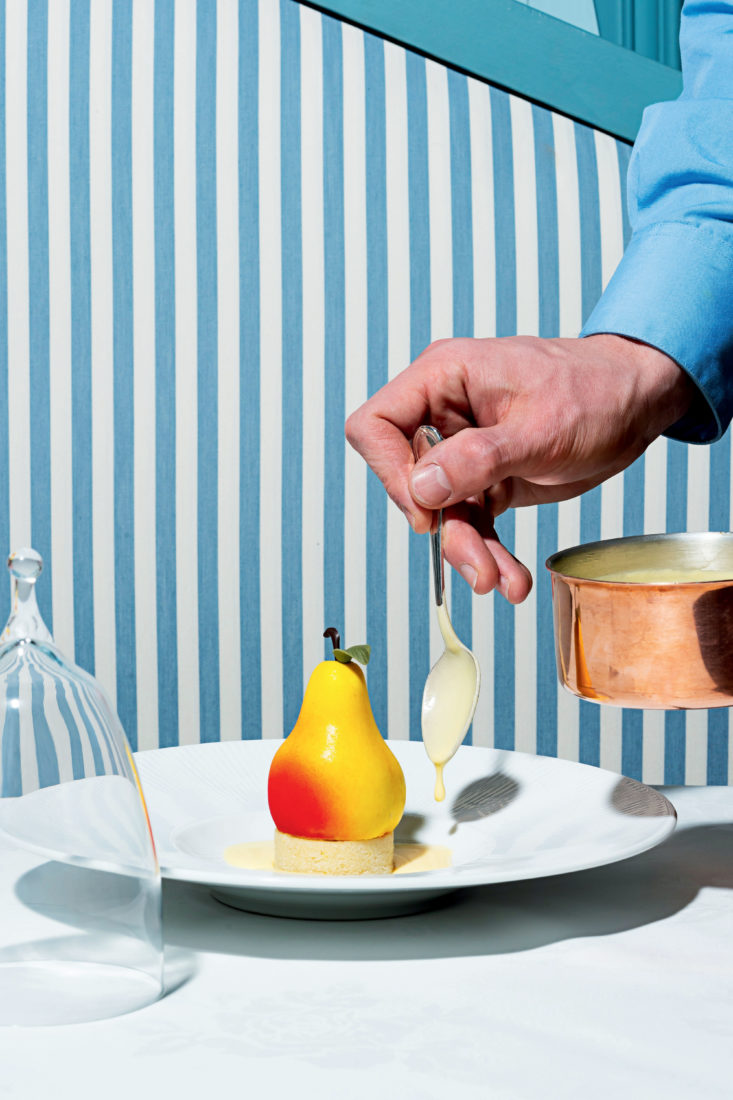
Photo: Scott Suchman
Cheesecake fashioned into a pear dessert at the Inn at Little Washington.
Pinehurst Resort
Pinehurst, North Carolina
North Carolina’s sandhills and forests were an oasis along the Great Wagon Road, down which Scottish Highlanders brought their tartans, their bagpipes, and most important, their national game. Pinehurst is the most hallowed of the golf grounds that followed—its evergreen-lined fairways even made Scottish club maker Laurie Auchterlonie remark, “Golf was born in Scotland, but it lives in Pinehurst.” Study up on the history of the nine numbered courses (on No. 2, for instance, Payne Stewart putted eighteen feet on the final hole for the 1999 U.S. Open victory just months before his death), but create your own family legends anytime you can schedule a round with one of the caddies, including Darick McRae, who learned from his grandfather Willie McRae, the late legendary caddie who started reading the greens as a ten-year-old in 1943. (For a quicker links experience, try the Cradle, a newer nine-hole short course.) Cool your heels after the game at the Carolina Hotel, where deep-set wraparound porches have been eavesdropping on golf postmortems since the turn of the last century.
Cheeca Lodge & Spa
Islamorada, Florida
For almost seventy-five years, Cheeca has stood as a bulwark of approachable civility in the Keys—think flip-flops; a private, palm-lined beach; and a full-service spa, all within about two mullet-tosses of some of the planet’s best big-game and backwater fishing for tarpon, shark, and snapper. The lodge keeps a roster of nearly seventy guides, all with their own secret spots, so you can tailor a trip to whatever you—or your toddlers and teens—have in mind. Your captain will pick you up and deliver you back to Cheeca’s stunning 525-foot pier after a morning of elite-level fly fishing on the flats, family-friendly spin fishing, or pursuits of dinner-worthy yellowtail or brag-worthy sailfish.
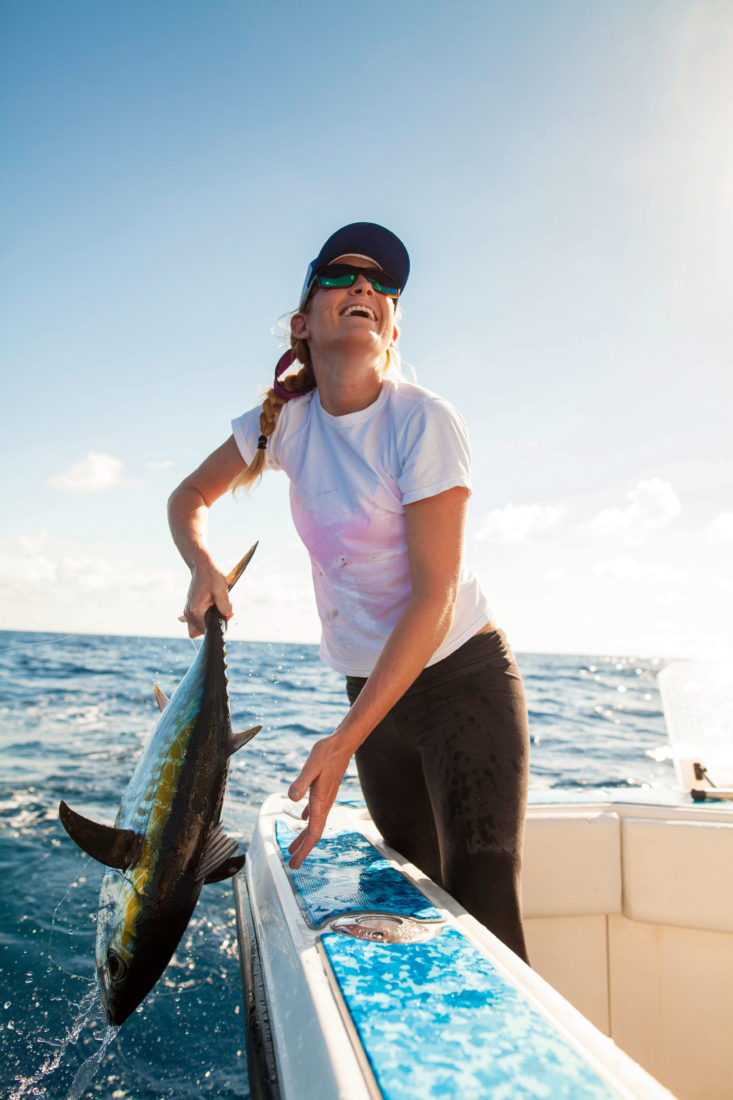
Photo: Jon Whittle
Fishing off Cheeca.
The Greenbrier
White Sulphur Springs, West Virginia
Although travelers originally flocked to White Sulphur Springs for the healing powers the spring waters were thought to contain, most contemporary visitors come to bathe in the iconic luxury of the Greenbrier hotel. The site of a onetime Cold War fallout shelter for members of Congress as well as a showpiece of Dorothy Draper’s breathtaking 1940s interior decor, the Greenbrier, which first opened in 1778, has a history to match the surrounding beauty. Ryder Cup and PGA Tour events have had the run of the property’s five golf courses, and Venus and Serena Williams have played on its tennis courts. Daily walking tours will reveal this rich historical lore, leaving the rest of the Greenbrier’s 11,000 acres of Allegheny Mountains to be explored on horseback or hiking trails. Afterward, in the upper lobby, guests can mingle among robin’s-egg-blue walls during afternoon tea.
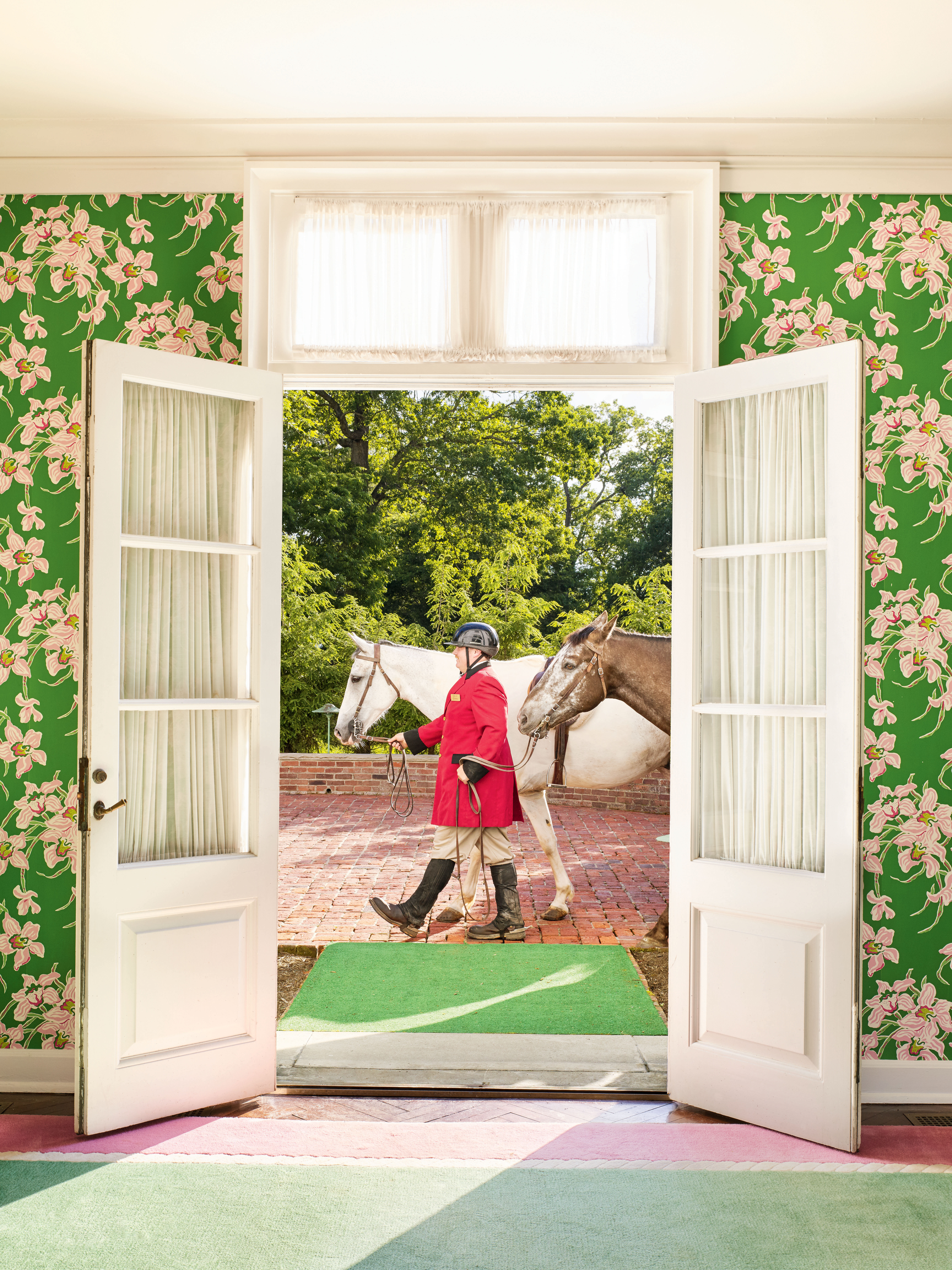
Photo: Annie Schlechter
The Greenbrier.
Ocracoke Island
Ocracoke, North Carolina
If Blackbeard truly did lose his head in the quiet waters bordering what is now Ocracoke Village, then his spirit didn’t have to travel far to find a version of heaven. Anchored by a beloved 1823 lighthouse, which rises from maritime forest over the picturesque Silver Lake harbor, Ocracoke Island—year-round population just south of six hundred—is as unlike the cluttered, cacophonous northern Outer Banks as it gets. Accessed by ferry, Ocracoke lies at the southern tip of the seventy-mile-long Cape Hatteras National Seashore. You can bunk down in lodging ranging from historic bed-and-breakfasts to harborside motels—the Anchorage Inn offers particularly dreamy seaside views. But the main attraction is easy access to empty beach. You can bike, hike, explore in a four-wheel-drive SUV, fish, surf, or just dawdle the hours away on wild, undeveloped shore—the true treasure of the Outer Banks.
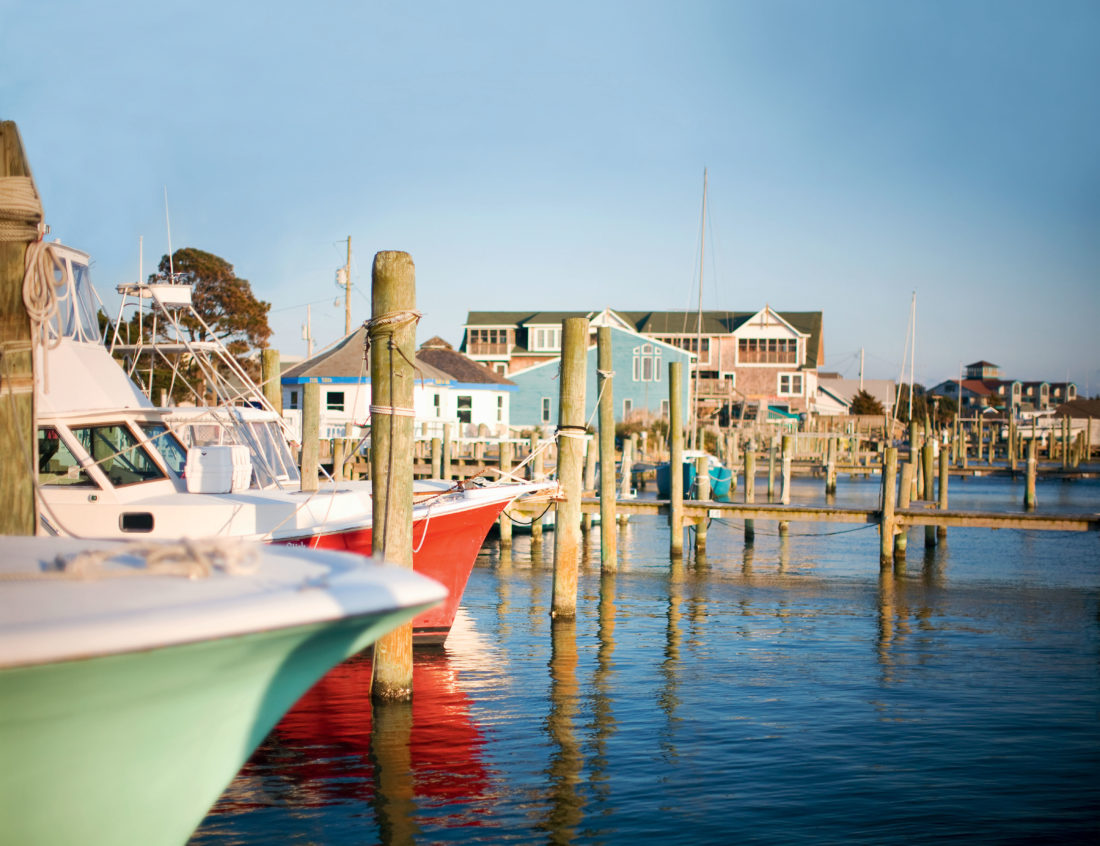
Photo: Stacey VAn Berkel
Ocracoke Island.
The Omni Homestead Resort
Hot Springs, Virginia
Humans have sought out the restorative hot springs on the land where the Homestead Resort now sits for nine thousand years—Native Americans considered the bubbling springs neutral ground where warring tribes could meet in peace. Nowadays, guests to the estate, which opened around the beginning of the American Revolution, come for a different type of peace. For total relaxation, there’s a thoroughly twenty-first-century spa with a geothermal pool fed by two mineral-rich springs. If adventure calls instead, spend a day hiking, biking, horseback riding, fly fishing, kayaking, or shooting in the surrounding Allegheny Mountains, so you’ll have earned your s’more and a spot by the firepit come sunset.

Photo: Joy Asico
Virginia’s Homestead.
Bermuda
British Overseas Territory
There is scant freshwater on Bermuda, and the nearest other terra firma is 650 miles away, at Cape Hatteras, North Carolina. Certainly not hospitable environs for early explorers, but the pink sand beaches and turquoise water had to be a stunning sight in 1505 for the island’s namesake, the Spanish sea captain Juan de Bermúdez, and the British, who arrived for good in 1609. Today shocks of electric-pink bougainvillea and fragrant Bermuda cedars dot this paradise in the middle of the Atlantic. Direct flights year-round from Atlanta and Miami will put you on a beach sipping a swizzle (an island-signature swirl of rum, pineapple and orange juices, grenadine, and bitters) in under two hours. And thanks to a wave of interest brought on by the 2017 America’s Cup, storied hotels such as the Hamilton Princess (Mark Twain’s lodging of choice) have gotten much-needed makeovers, and now shine like gems studding the rocky archipelago.

Photo: Cedric Angeles / Intersection Photos
The chef Marcus Samuelsson in Bermuda, where he opened a restaurant at the Hamilton Princess hotel in 2015.
Inn at Perry Cabin
St. Michaels, Maryland
Cross over the Chesapeake Bay Bridge from Annapolis toward the Eastern Shore and watch the pace of the world slow as marshes, farmland, and little towns crop up along the roadside toward St. Michaels and its Inn at Perry Cabin. The jewel of this maritime getaway town, the Inn nestles against the Miles River, a serpent of cool water and a summertime salve that connects guests with the Chesapeake and its tributaries. Learn how to tack and jibe at the sailing academy or let a captain do the work during a sunset cruise aboard the Inn’s forty-foot teak sailboat, the Stargazer. Landlubbers can go for par on the new Pete Dye golf course, the last set of links created by the legendary designer, or wander the twenty-six acres of verdant gardens and grounds. For the best of both worlds, drop a pot into the Chesapeake, and in the evening, the Inn’s chefs will cook up your blue-crab catch.
Buffalo River
Northwest Arkansas
The sandstone bluffs looming over the Buffalo River—America’s first National River, and one of the last remaining un-dammed rivers in the Lower 48—almost echo with notions of a simpler time. Those hoping to relive their summer-camp glory days can laze down the river, cast a fly line from a gravel bar, or cannonball into the Steel Creek swimming hole, while the adventure-minded can test their mettle on climbing routes etched into Horseshoe Canyon Ranch’s towering cliffs. Afterward, unwind during a back-deck cookout at one of the Buffalo Outdoor Center’s rustically charming cabins, many of which come stocked with pinch-me views of Ozark Mountain sunsets. Just don’t forget to look up once the moon’s in view: This neck of the woods offers one of the Natural State’s darkest night skies—and a heck of a firefly show.
The Cloister
Sea Island, Georgia
When the Spanish Mediterranean–style Cloister opened in 1928 on Sea Island, a brochure called it a “little friendly hotel.” And although the property now studs the private barrier island’s five miles of beach and oak-clustered marshland—as well as nearby St. Simons, where the Lodge at Sea Island recently debuted new guest cottages and an updated golf course—the resort has maintained its warmth, welcoming guests to relax in the wood-paneled library or the light-bathed solarium. Otherwise, you can spend your days with a raptor on your arm in falconry lessons, atop a paddleboard along the Black Banks River, busting clays at the shooting school, or sunbathing at the Beach Club. Then meander to dinner at the Georgian Room, where truffle soup awaits.
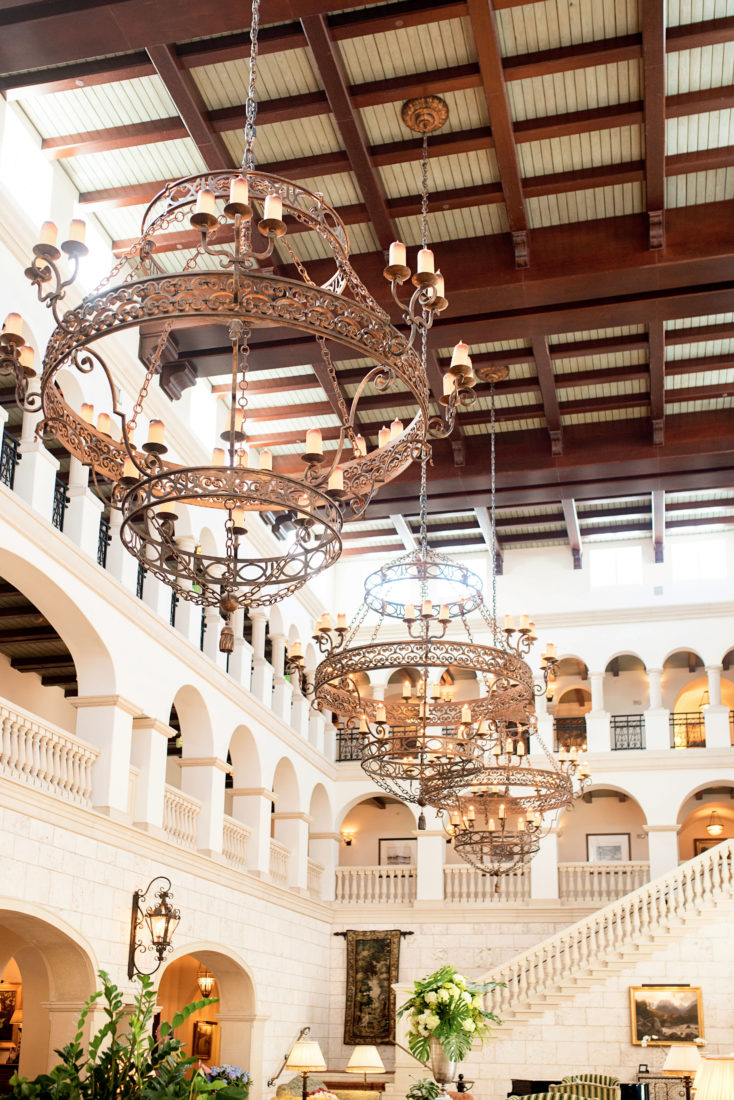
Photo: Kelli Boyd
The lobby of the Cloister, on Sea Island, Georgia.
Pawleys Island
South Carolina
The charms of Pawleys Island, a narrow spit of sand and sweetgrass between Charleston and Myrtle Beach, are simple ones: late-night gin rummy tournaments on screened porches overlooking the ocean; sunrise views from a kayak putzing along in a tidal creek. Families who summered there centuries ago were escaping malaria, but today’s guests want a retreat away from the sunburned hordes that pack condos to the north. You won’t find any such high-rises here. Thanks to a 1986 ordinance limiting commercial establishments, there are only two historic inns: Sea View Inn and the Pelican Inn, which didn’t install central air-conditioning until 2006. A summer day’s packed schedule includes picking crabs on the dock in the afternoon sun, and then snoozing in a shaded rope hammock made by craftspeople just up the road.
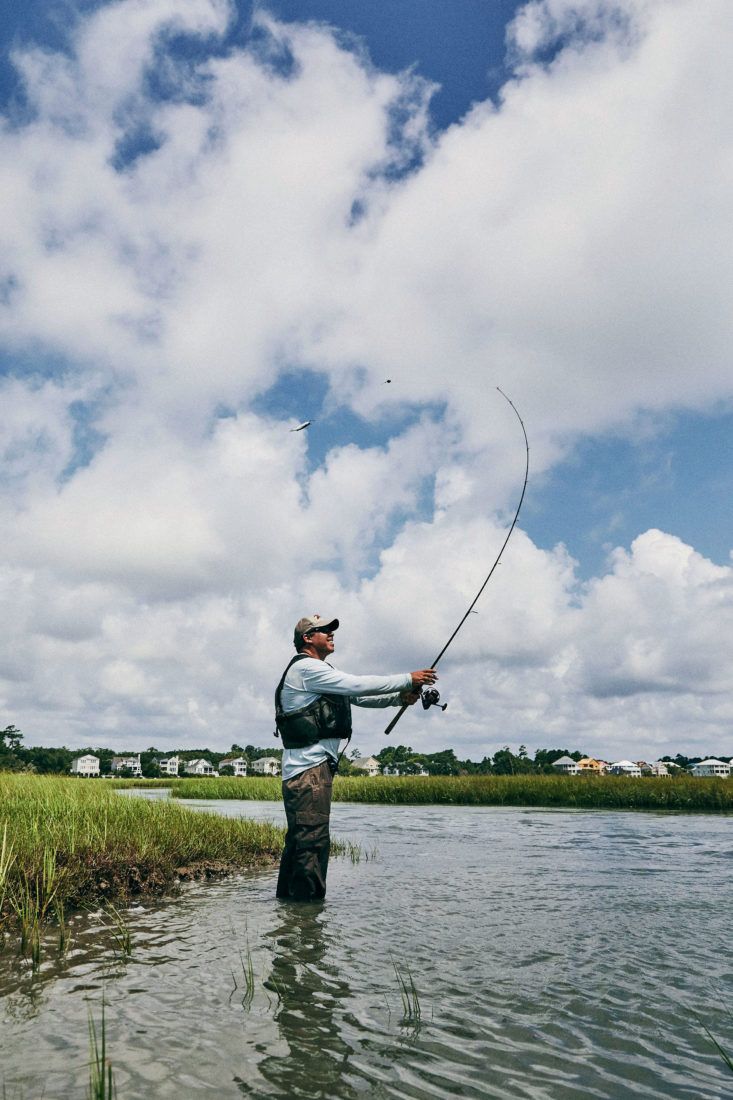
Photo: Peter Frank Edwards
Casting a line at Pawleys Island.
Greyfield Inn
Cumberland Island, Georgia
Roughly three times the size of Manhattan, Cumberland Island, the biggest of Georgia’s Sea Islands, is only reached by ferry. The wild horses, deer, raccoons, and alligators that roam the island’s dense maritime forests, towering windswept sand dunes, and primordial salt marshes far outnumber the human populace. Once the private winter playground of the Carnegie family, Cumberland is now largely within the purview of the National Park Service, so anyone can get away from it all there. Descendants of the steel clan still own the Greyfield Inn, one of four historic properties built by the family and the only place guests can stay. Naturally, the Greyfield feels more like the fabulous country home of a glamorous friend than a hotel—right down to the picnic lunches and the twenty-four-hour honor bar.
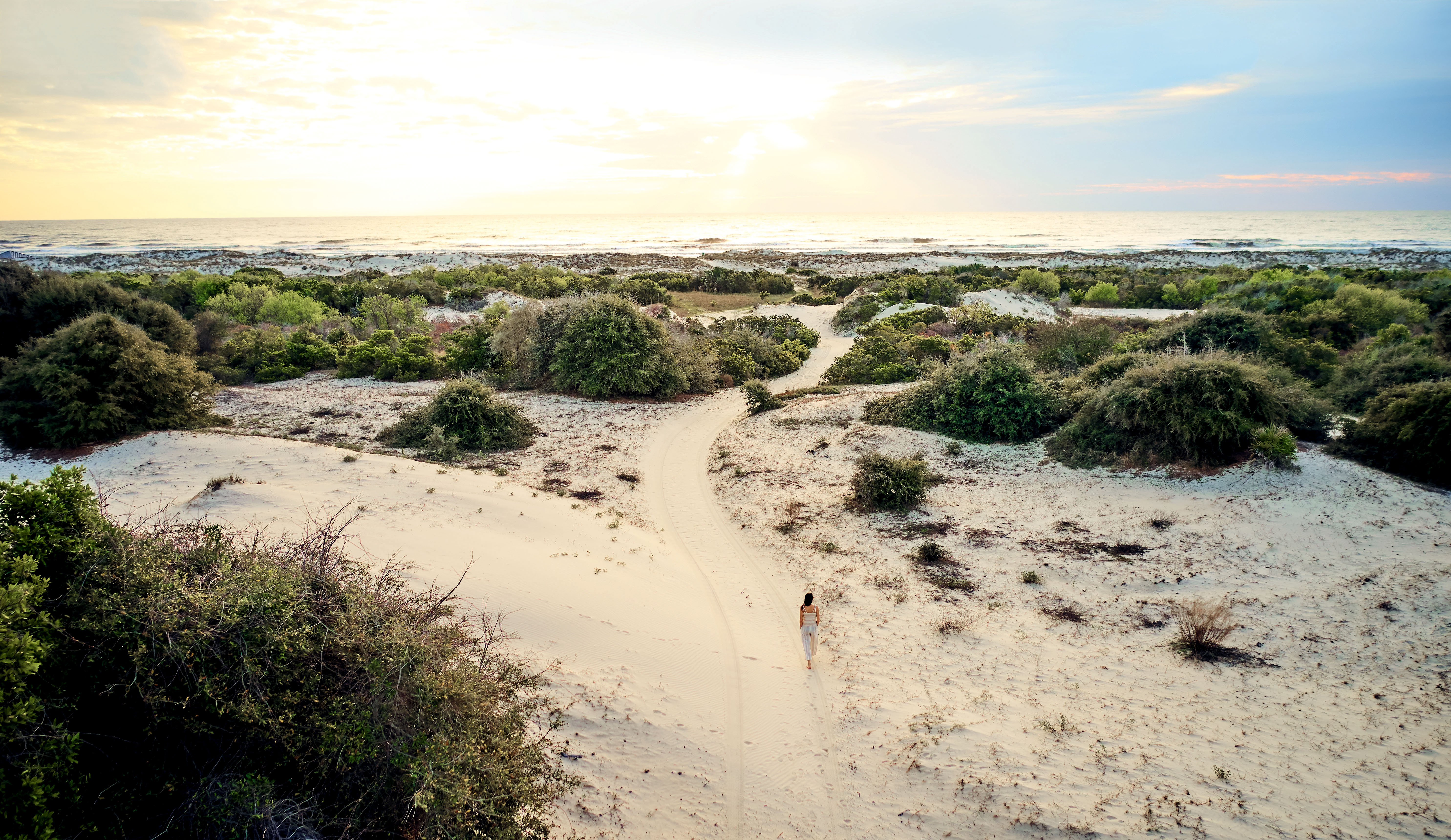
Photo: William Hereford
Walking from the Greyfield Inn to the beach on Georgia’s Cumberland Island.
—Contributors: Katie Bridges, Justin Heckert, Elizabeth Hutchison, CJ Lotz, T. Edwards Nickens, and Caroline Sanders
>Looking for more Southern getaways? See our favorite classic summer weekends.


